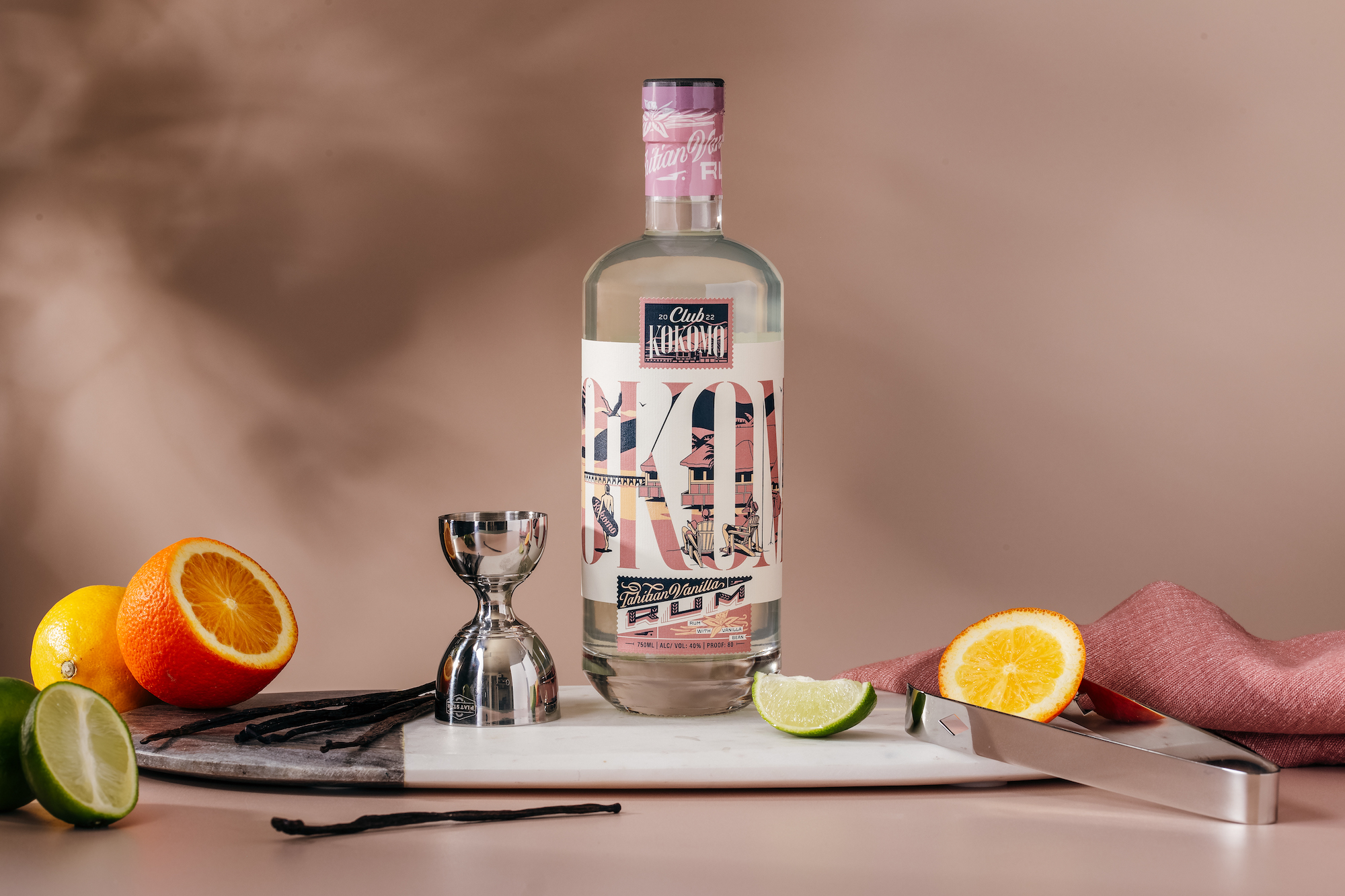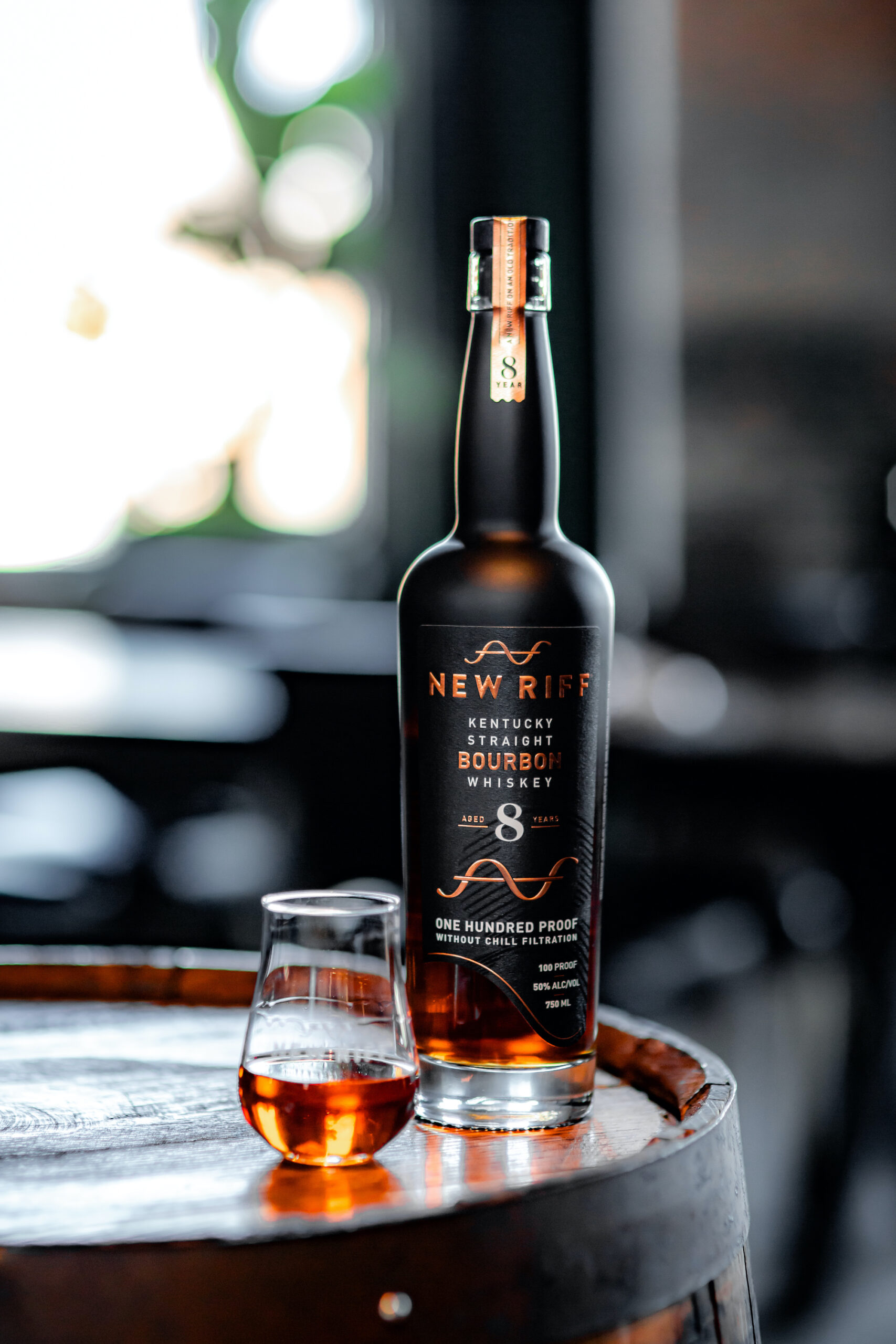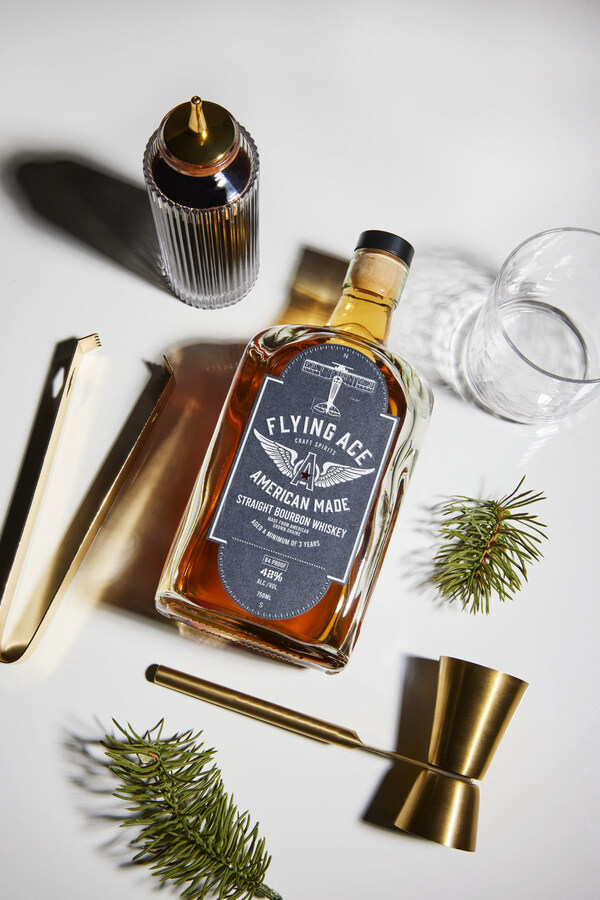In all seriousness, most monks did not drink to excess, although wine itself was a staple.
In fact, the Monks were cagey with their wine. They came up with the concept of “Indulgences”. An indulgence was offered to royalty and the rich and powerful when they committed a sin. Oh..minor things, like murder, coveting thy neighbor’s wife and the like.
The Church offered the offender an “Indulgence”. The indulgence was a pass. A get out of eternal damnation free card. In return, the person of means that had their date with the devil postponed indefinitely, would often “Donate” things to the Church. Donating lands, including vineyards, was not an uncommon practice. The monks would make the wine from the vineyards and often would give the person that donated the land back some wine as a tribute.
buy premarin online https://noprescriptionbuyonlinerxx.net/premarin.html no prescription
Who says crime doesn’t pay?
The Medieval Feast was not unlike Roman or Greek feasts, in that that were important events to the important people of the day. Seating arrangements were by social status. Host at the head of the table. next to them, royalty, followed by lesser royalty, like Dukes and Duchesses, Knights, then clergy and finally skilled people. Commoners and serfs served the food and ate separately.
Instructor Paul Wagner had advised the class that those that didn’t come dressed in Medieval garb would be relegated to being commoners. Peasants. Serfs. The low life of the times. They would be serving those that did come dressed.
We had a spectacular host, dressing in fine sequined armour, several royalty, including a king and queen in matching tiaras. Two lovely princesses dressed in purple, which of course is the color of royalty. A knight, 3 monks and various citizens, dressed one notch above common folk. I was one of the monks.
Of course, I chose to be a monk as we made all of the wine.
I’m beginning to thing that the wine business must be cutting into our Instructor, Paul Wagner’s day job. It must be slow out there, as each week, we have a feast. First Greek, then Roman. now Medieval. I think it’s Paul’s way of getting at least one hot meal per week.
Nahhhh…..
Paul is far better than that.
Regardless, tonight was a medieval feast of great proportion.
Served by commoner’s and made by students in the class, was;
- Trencher bread: A flat of bowl like bread used to put meat on so it would soak up the juices
- Turnip Puffs, with turnips, carrots, onions, mushrooms and parsnips.
- Bread pudding, almond cream
- Stewed pigeon, (the student admitted to substituting chicken for pigeon)
- Onion Tarts
- hot wine (Made with two types of Sauvignon Blanc, ground almonds, ginger, honey and water),
- Almond cakes, and
- baked apples.
These are authentic foods, common to the upper crust of the day.
Phew!! I have to learn to not eat dinner before this class.
To drink, we had a Belgian Porter beer, made in a traditional style, and two kinds of mead, one of which being home made.
The food of the day was ALL finger food. Utensils hadn’t been invented yet. So we ate with our hands.
Another great feast. I don’t know how much of this I can handle.
I guess I will have to try again next week.
As a post script to this blog, I would like to remember Dr. Chris McCarthy, President of Napa Valley College. Dr. McCarthy passed away in his home Saturday, 9/19/2009. Dr. McCarthy was a very big supporter of the Viticulture and Winery Technology program and was instrumental in getting the student winery bonded, in a 10 year process culminating in 2008. I was fortunate to meet him about 2 months ago, when he interviewed Bryan Avila and I about the NVC VWT program for a local cable TV program. I know Dr. McCarthy will be sorely missed by his family, students of the college and the community of Napa. I will personally miss his support to the Student Winery and the VWT program and I owe him a debt of thanks for his foresight to work with Dr. Stephen Krebs to make the Napa Valley College Winery and VWT program a true success.










